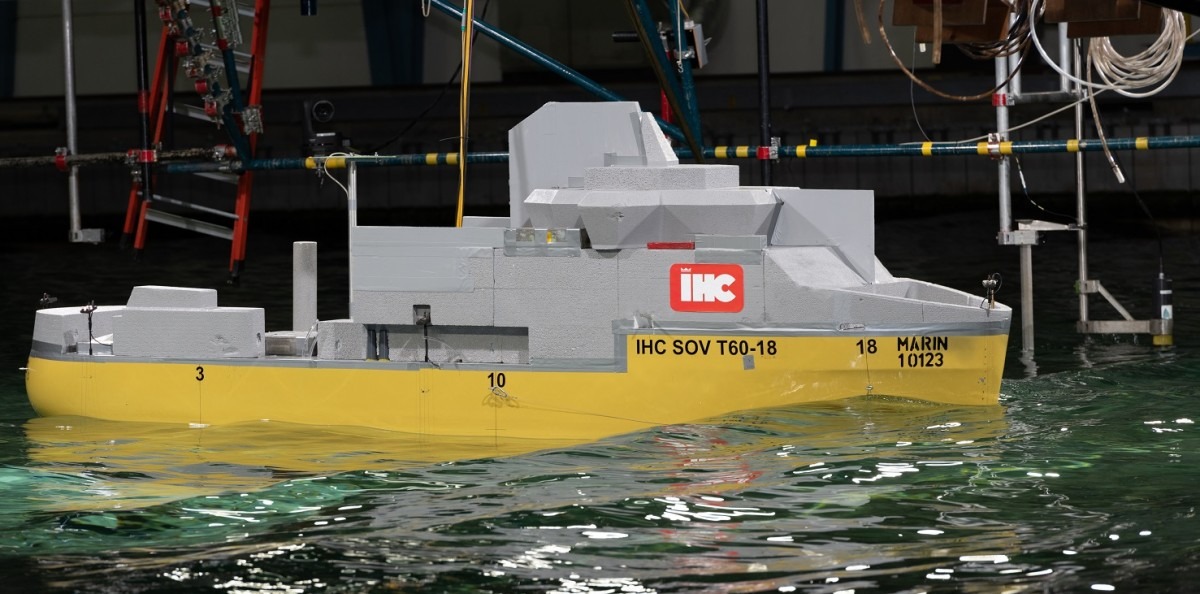MARIN supports the development of offshore wind maintenance vessels – from concept to operation.
Operation and maintenance costs make up around 20-30% of the levelised cost of energy (LCOE) of offshore wind energy, and a considerable part of this relates to the vessel and its ability to work.
We can distinguish two main types of vessels – crew transfer vessels (CTVs) and service operation vessels (SOVs). To access the turbines maintenance technicians step over from the bow of the CTVs to the turbines directly and to minimise vertical motions CTVs are equipped with a rubber fender and push against the ladder of the turbine. SOVs are equipped with motion-compensated gangways to transfer the technicians to the foundation.
The operational performance depends on the seakeeping characteristics of the vessel and the resulting wellbeing of the technicians on board. This concerns the transit, as well as the transfer stages, since the seakeeping characteristics and operational criteria in both stages – with and without forward speed – are different. In the transit stage the focus is on the comfort of the technicians, while the focus in the transfer stage is on the safe transfer between the vessel and turbine.
Our diverse and broad range of services begin with numerical simulations, which besides the vessel motions also include a human performance assessment, followed by model tests. For the operations themselves we can assist by providing the optimum heading strategy and examine if the operation is feasible.
One example is the Offshore Maintenance (OM) JIP. Part I explored the selection of the most suitable maintenance strategy and vessel, which could operate all year round. Part II examined the short-term access strategy selection. To reach this last objective the Deltares Meteo Dashboard system was further developed so it can be used for day-to-day decision-making, for example, answering questions such as “can I access turbine number K2 tomorrow at 10 am, using the existing fleet?”
New Offshore Wind Dashboard JIP
With the OM JIP concluded at the end of 2019, the Meteo Dashboard will be further developed to include high-resolution wind data in a follow-up project called Offshore Wind Dashboard. This JIP gets underway late 2020 and new participants are welcome to join!
 Dynamic positioning (DP) assessment tests for the T60-18 service operation vessel (SOV) OF IHC
Dynamic positioning (DP) assessment tests for the T60-18 service operation vessel (SOV) OF IHC

